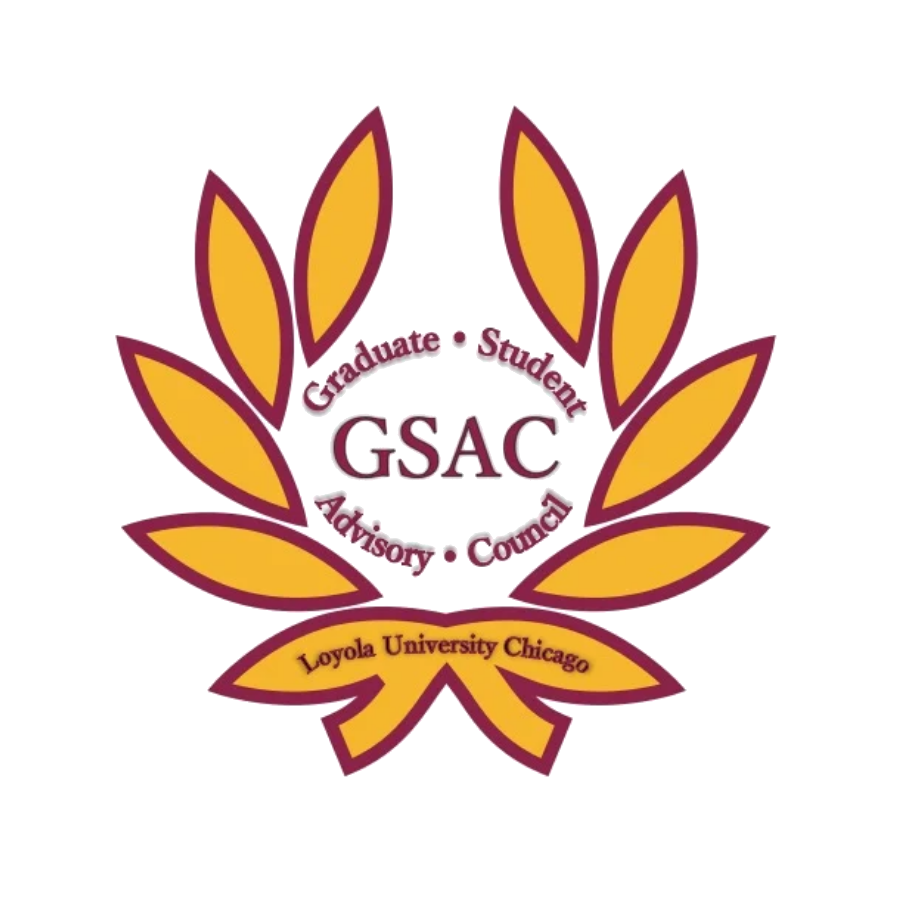Submission Type
Oral/Paper Presentation
Degree Type
PhD
Discipline
Humanities
Department
English
Access Type
Restricted
Abstract or Description
Years ago, a vivid painting of an oxen team pulling a cart and driver down a wooded lane in a rolling countryside was rescued by my partner from the curb and now hangs in his house. Recently, I was inspired to research its origins. First, I deciphered the painting’s date (1917) and its artist’s signature, that of Matilda Browne (1869 – 1947), the only female artist in CT’s Old Lyme Art Colony. My research pursued historical, artistic, and academic avenues through census and public records, enabled by the faintly penciled names on the canvas back of its owners the Sayers in 1928. Extremely valuable was the unexpected discovery of the painting’s original frame, replete with M.A. Newhouse & Sons auction house label and accompanying nameplate “Library Lane,” (unknown to any source on Browne including Susan G. Larkin’s recent biography). Subsequent steps involved communicating with and sending photos of the painting, its labels, and frame to art libraries and experts at the Cooley Gallery and the Florence Griswold Museum, who confirmed the painting’s authenticity. Finally, a search the Frick Art Reference Library conducted at my request in now-defunct auction house’s files, revealed a 1920s black and white photo of the painting probably taken pre-sale. Successfully authenticating Library Lane through various research routes via the Internet demonstrates the immense possibilities of solving long-lost mysteries offered by digital resources, as well as indicating the easy transferability of textual studies methods in the humanities to different fields of inquiry.
Creative Commons License

This work is licensed under a Creative Commons Attribution-Noncommercial-No Derivative Works 3.0 License.
"Library Lane": Digitally Discovering A Lost American Impressionist Painting
Years ago, a vivid painting of an oxen team pulling a cart and driver down a wooded lane in a rolling countryside was rescued by my partner from the curb and now hangs in his house. Recently, I was inspired to research its origins. First, I deciphered the painting’s date (1917) and its artist’s signature, that of Matilda Browne (1869 – 1947), the only female artist in CT’s Old Lyme Art Colony. My research pursued historical, artistic, and academic avenues through census and public records, enabled by the faintly penciled names on the canvas back of its owners the Sayers in 1928. Extremely valuable was the unexpected discovery of the painting’s original frame, replete with M.A. Newhouse & Sons auction house label and accompanying nameplate “Library Lane,” (unknown to any source on Browne including Susan G. Larkin’s recent biography). Subsequent steps involved communicating with and sending photos of the painting, its labels, and frame to art libraries and experts at the Cooley Gallery and the Florence Griswold Museum, who confirmed the painting’s authenticity. Finally, a search the Frick Art Reference Library conducted at my request in now-defunct auction house’s files, revealed a 1920s black and white photo of the painting probably taken pre-sale. Successfully authenticating Library Lane through various research routes via the Internet demonstrates the immense possibilities of solving long-lost mysteries offered by digital resources, as well as indicating the easy transferability of textual studies methods in the humanities to different fields of inquiry.



